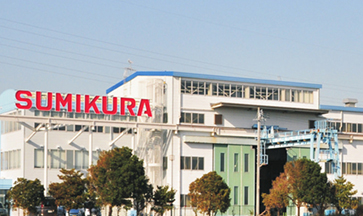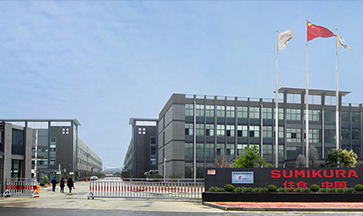As global demand grows for high-performance electrical steels, ultra-high-strength steels, stainless steels, and aluminum alloys, Silicon steel slitting lines technology is rapidly evolving. In particular, slitting systems designed for demanding materials and precision requirements are seeing renewed investment—especially those capable of running wide coils (2,000 – 3,000 mm), managing high coil weight, and delivering narrow strips at high speed.
The slitting line market is forecast to grow steadily through the 2026–2033 period, with projected CAGR estimates around 4 – 5 %.
As steelmakers and service centers push for value-added processing, in-house slitting capabilities become a competitive differentiator.
In the electrical steel segment, OEMs and magnetics users demand extremely tight tolerances and minimal edge damage, driving upgrades in slitting line capability.
thyssenkrupp Steel (Italy) recently inaugurated a new slitting line in Motta Visconti, replacing a 30-year old line. The new system is capable of cutting ultra-thin electrical steel (≈ 0.2 mm) at high speed and is expected to double throughput.
Venture Steel acquired a high-production slitting line from Athader / Bradbury to expand operations in Mexico. The system handles heavy coils and features advanced tooling change, dual-tension rolls, and automated separators.
Red Dot Products placed an order with Red Bud Industries for a light-gauge slitting line to support their metal products business.
Slitting technology providers like FAGOR Arrasate and others are marketing fully automated slitting lines with changeovers under 5 minutes, automatic knife adjustment, and integrated condition monitoring.
These deployments underscore a transition: slitting lines are no longer seen as commodity assets but as strategic platforms for differentiation.
Robotics and handling automation are increasingly used for coil loading/unloading, slitter loading, coil transfer, and separator actuation.
Smart analytics and digital twins allow simulation of line behavior, predictive maintenance, and optimization without halting production.
In-line thickness & flatness monitors feed into control loops to dynamically adjust tension or knife clearance.
Remote monitoring and diagnostics enable OEMs or service providers to support uptime across distributed installations.
The result: slitting lines that run more autonomously, with fewer manual interventions and higher uptime.
Material variety – A line optimized for electrical steel may struggle with heavy stainless or aluminum if not designed with sufficient flexibility.
Changeover speed vs. precision – Fast changeovers are valuable, but not at the expense of strip quality.
Integration with upstream/downstream lines – The slitting line must harmonize with pickling, annealing, coating, cutting, stacking, etc.
After-sales & support – Spare parts, service, and long-term support are as important as the initial machine.
Investment cost vs. ROI – Higher automation and smart control cost more upfront; payback depends on utilization, production mix, and margin.
The wide width lets you cut many narrow strips from a parent coil, improving yield and flexibility.
The broad thickness range (0.2 – 9.0 mm) allows handling of both ultra-thin electrical sheets and heavier steels—supporting product diversification.
Up to 50 strips offer high throughput for service centers and downstream users.
Speeds of 0–300 m/min are well matched to modern demands while offering margin for acceleration.
Robust tension control options (felt plate, belt, roll bridle) let you adapt to different metal behaviors.
When engineered with modern automation, intelligent control, and strong mechanical design, such a line becomes a competitive asset rather than just a tool.

Kesim hattı uzmanlarınız!
 Japonya'da Fabrika
Japonya'da Fabrika
ADRES
487-3, Sanshincho, Chuoku, Hamamatsu, Shizuoka, Japonya
 Japonya yerel pazarı:+81 53-425-5331
Japonya yerel pazarı:+81 53-425-5331
 Çin'de Fabrika
Çin'de Fabrika
ADRES
265 Yixian Road, Deqing, Zhejiang, Çin
 Yurtdışı pazarı:+86 572-883-2016
Yurtdışı pazarı:+86 572-883-2016